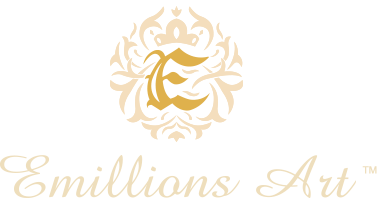“Modern art” refers to a period and a distinct style in the history of art that emerged in the late 19th century and extended through much of the 20th century. This period is characterized by a departure from traditional artistic conventions and a quest for innovation, experimentation, and new modes of artistic expression. Modern art encompasses various styles, movements, and artistic developments that challenge established norms and conventions.
Key features and concepts associated with modern art include:
Historical Context: Modern art is situated within a specific historical era, marked by significant social, political, and technological changes, including industrialization, urbanization, and two world wars. These factors had a profound impact on the art world.
Avant-Garde Movements: Modern art is characterized by various avant-garde movements, such as Impressionism, Post-Impressionism, Fauvism, Cubism, Surrealism, and Abstract Expressionism. These movements often represented radical departures from academic and traditional artistic practices.
Innovation and Experimentation: Modern artists embraced innovation and experimentation in both form and content. They explored new techniques, materials, and modes of artistic expression, challenging established norms.
Emphasis on Individual Expression: Many modern artists emphasized the importance of individual creativity and personal expression. The artist’s inner thoughts and emotions played a central role in the creation of art.
Break with Realism: Modern art often departed from realistic representation and ventured into abstraction, symbolism, and non-representational forms. Artists sought to convey inner and subjective experiences.
Artistic Movements: Modern art is associated with a series of influential artistic movements, each with its own set of principles and characteristics. These movements were often reactions to or rejections of the academic and conventional art of the time.
Critical Discourse: The development of modern art coincided with the rise of art criticism and scholarship. Critical discourse and academic analysis played a significant role in understanding and contextualizing modern art.
Institutional Changes: The presentation and reception of modern art were often shaped by changes in the art world, including the establishment of galleries, museums, and art societies dedicated to modern and contemporary art.
Influence on Contemporary Art: Modern art has had a lasting impact on subsequent generations of artists and continues to shape contemporary artistic practices and ideas.
Modern art is a pivotal period in the history of art that challenged traditional artistic boundaries, embraced innovation, and redefined the possibilities of artistic expression. Its academic study provides insights into the shifting cultural and artistic landscape of the late 19th and 20th centuries and offers a framework for analyzing the diverse and evolving nature of modern artistic movements and styles.



